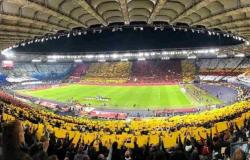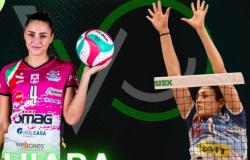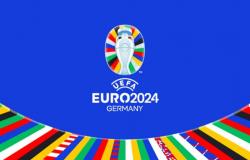50 cent coins are a common part of our daily lives, used for small transactions and payments. They are the most widespread in the Eurozone, produced in the so-called Nordic gold, an alloy composed of 89% copper and the remaining part zinc, aluminum and tin. It underwent a major change in 2008, after the initial 2002 release.
The main features of the 50 cent coin
These coins have a common feature on the obverse with its value and the image of Europe, the work of Luc Luycx of the Royal Belgian Mint, and on the reverse a specific detail inherent to each individual country that issues it is shown with images and symbols that represent your culture, history or heritage; the currency conceived in this way represents union and cooperation between member countries. These images become a way to celebrate national identity and to let the world know about the cultural richness of different countries.
As with all coins, 50 cent coins can also have minting errors, i.e. imperfections or defects caused by problems during the production phase. These errors, although rare, can increase the collectible value of the coin, especially if particularly obvious or curious. Among the most common errors we find the double footprint, the decentralization of the image and the lack of some graphic elements.
Here is the precious 50 cent coin
50 cent coins, in addition to their daily use, can hide a fascinating world of history, culture and collecting. With a little knowledge and passion, even a small coin can become a precious and interesting object to discover.
The Overturned Castle (upside down castle) of San Marino is a 50 cent coin with a minting error highly sought after by collectors due to its rarity and unique charm. This is a coin issued in 2002 which has the three towers of San Marino upside down on the obverse due to the error, i.e. caused by the dies being misaligned during minting; while on the reverse, there is the common design of the euro. Additionally, the print run is limited, making it a rare collector’s item.
Value estimate
The value of a coin with an “Inverted Castelletto” error can vary from hundreds to thousands of euros, depending on the factors mentioned above. Uncertified coins in good condition can start at around €200, while certified coins in exceptional condition can reach several thousand euros.
If you believe you have a coin with a “Reverse Castelletto” error, it is essential to have it authenticated and graded by a reputable coin grading service such as NGC or PCGS. This will establish the coin’s authenticity, evaluate its condition and assign a numerical grade, which has a significant impact on its value.





